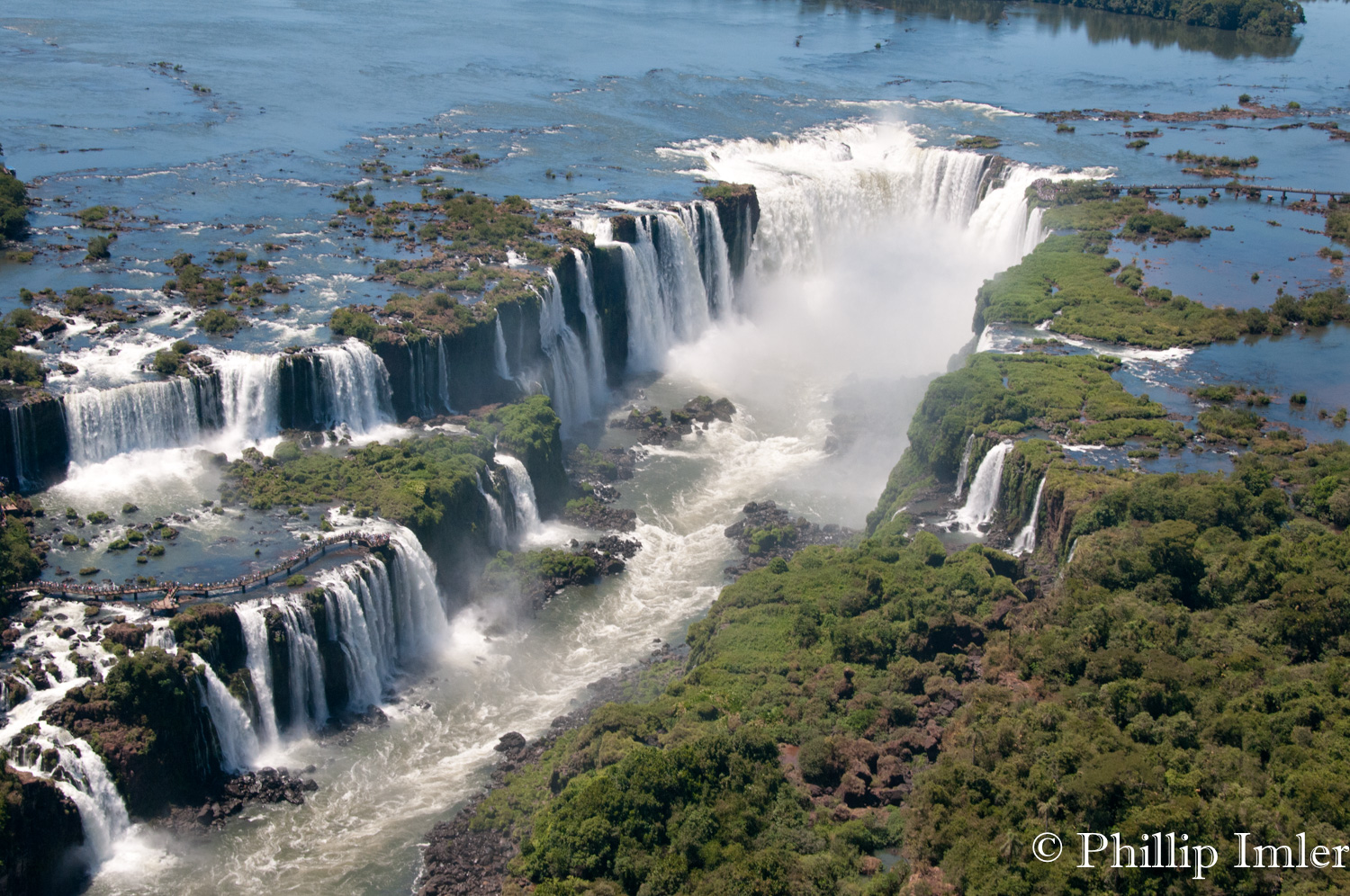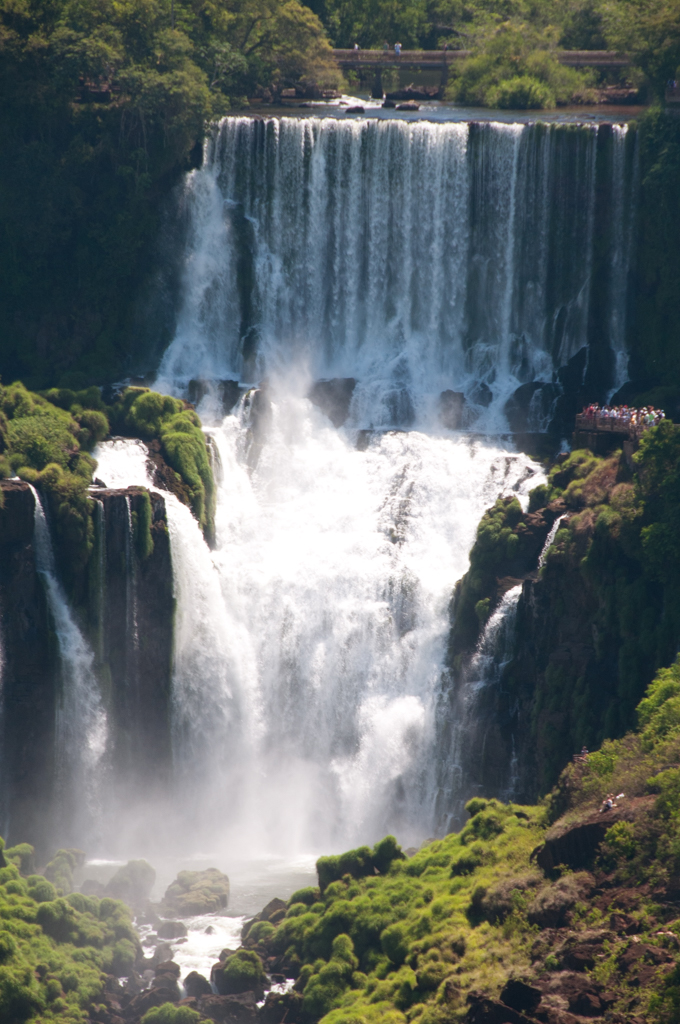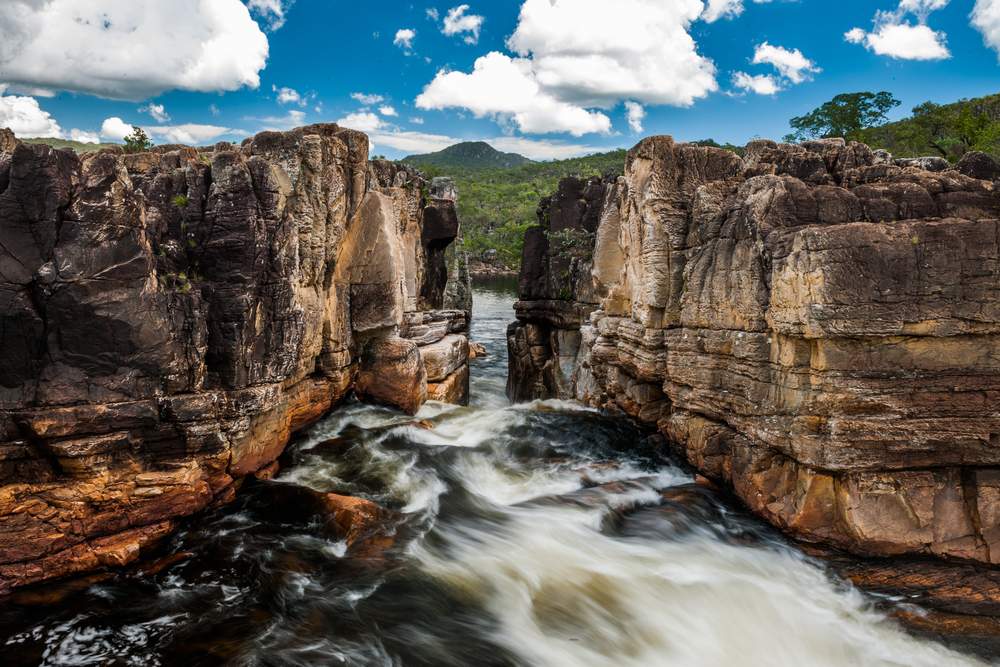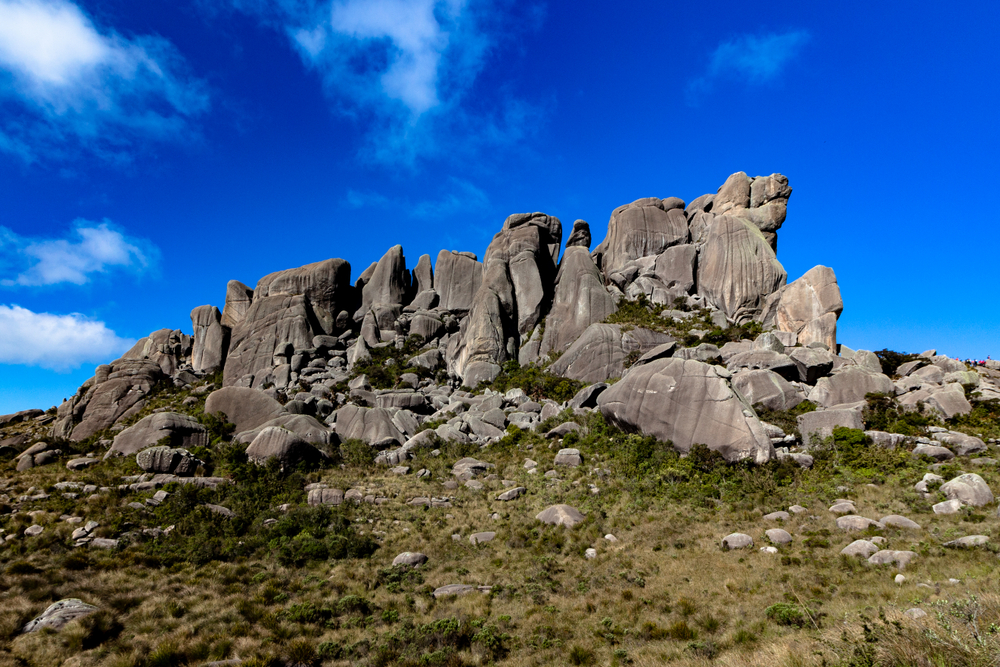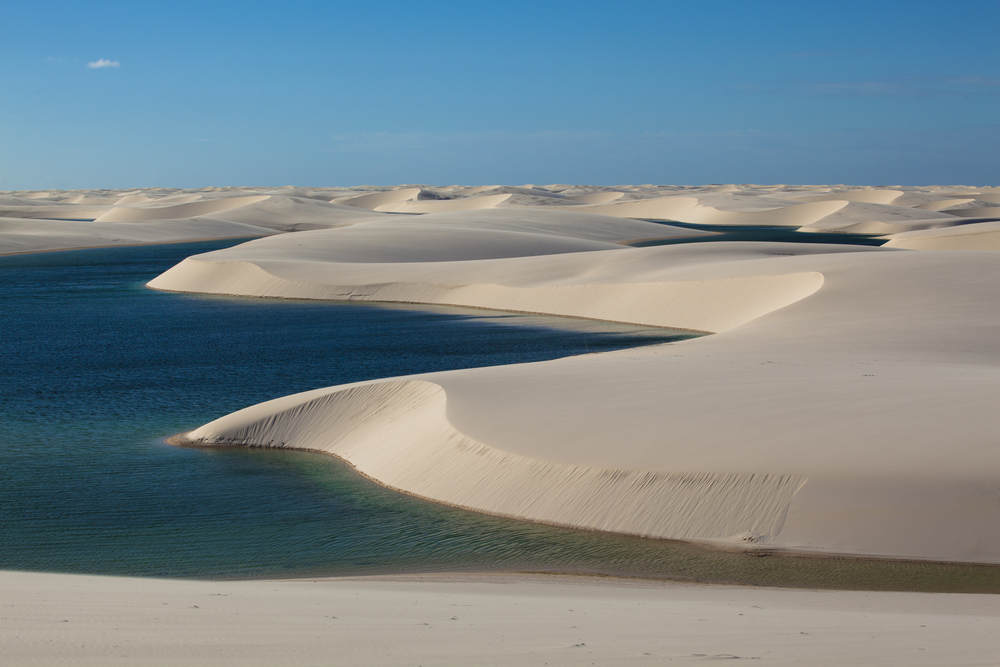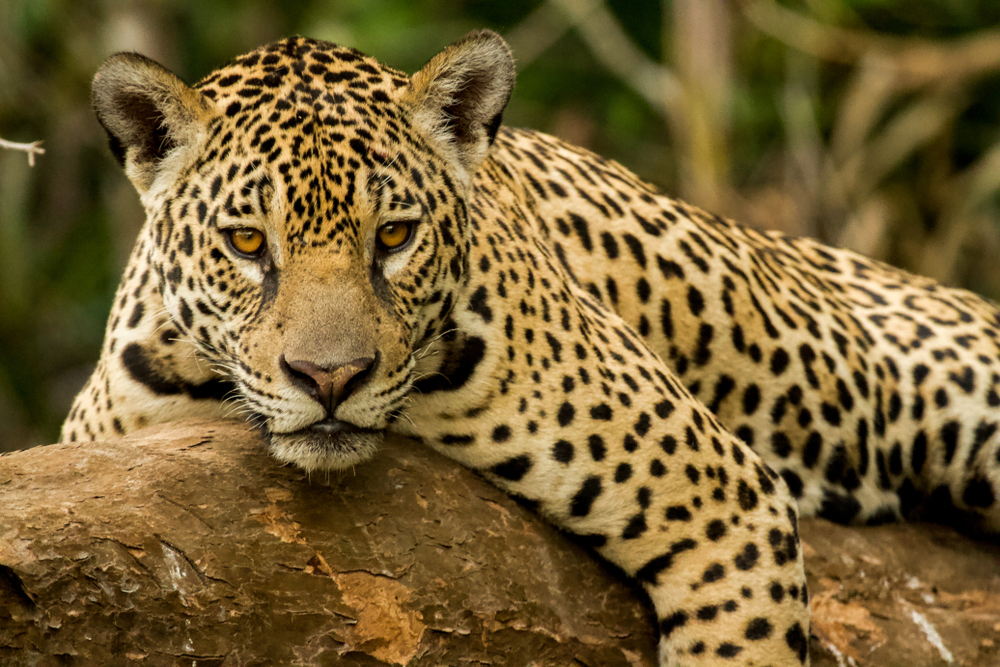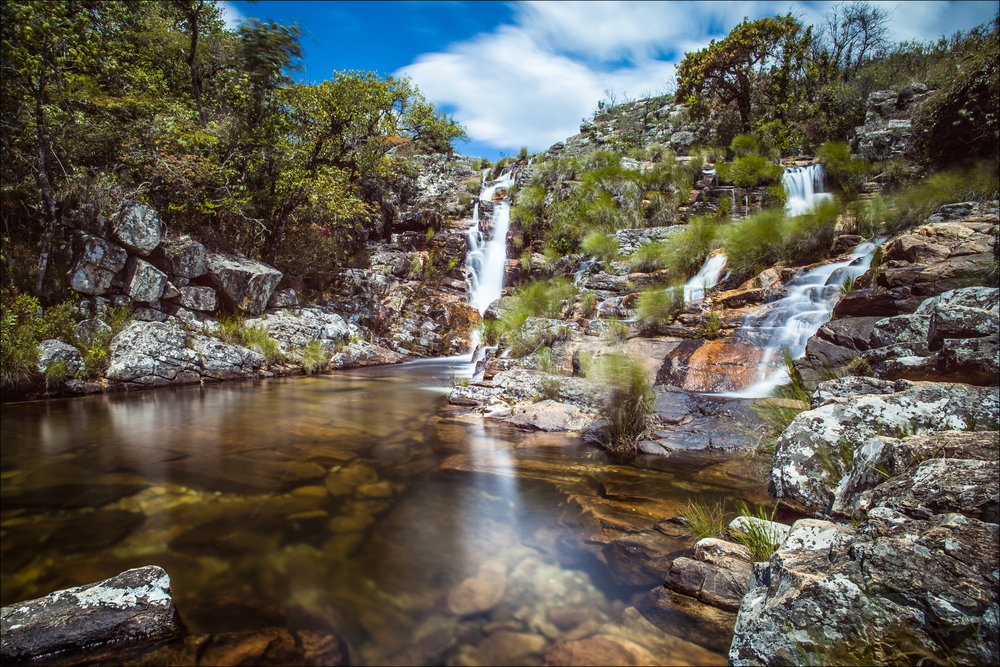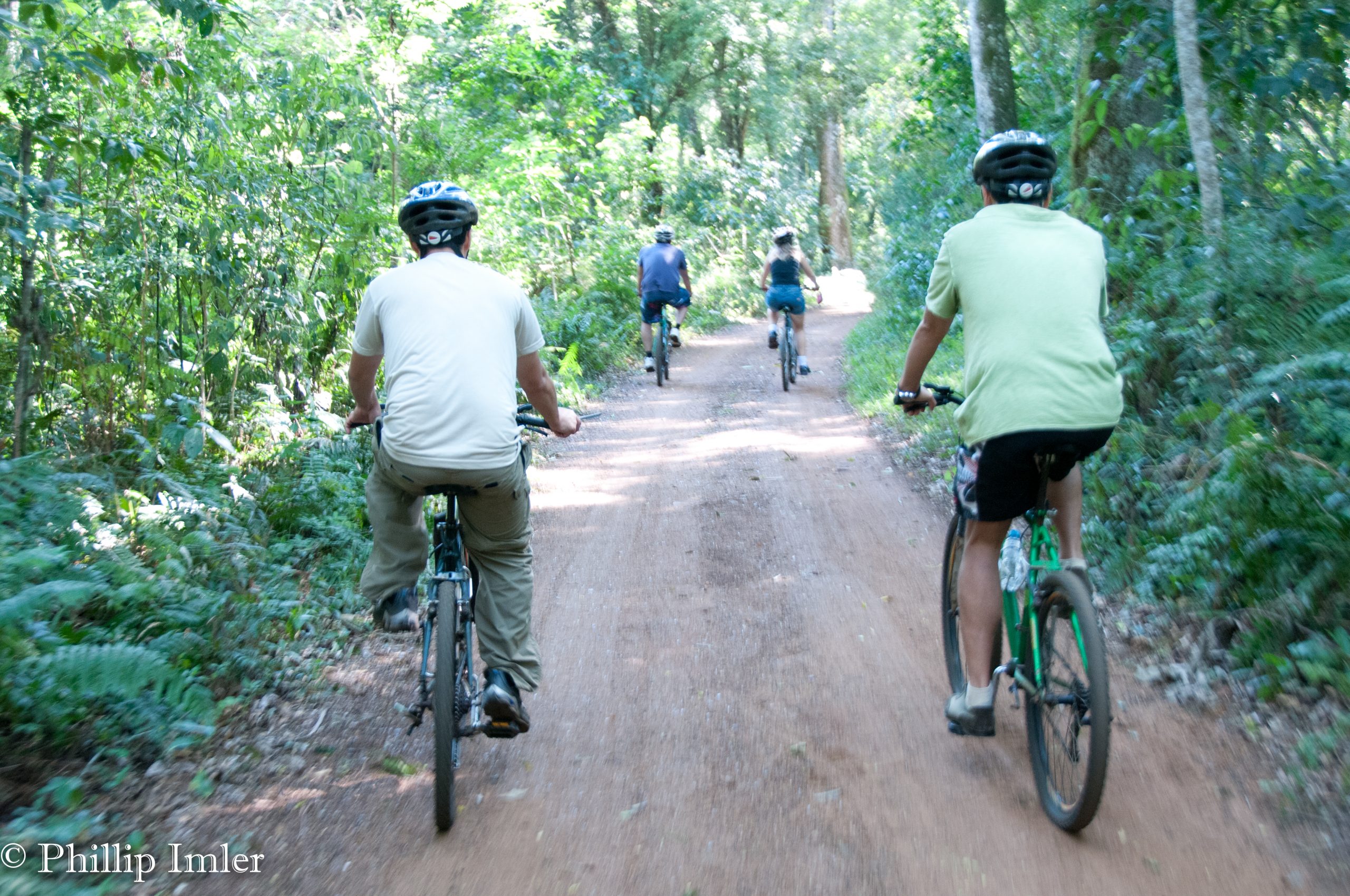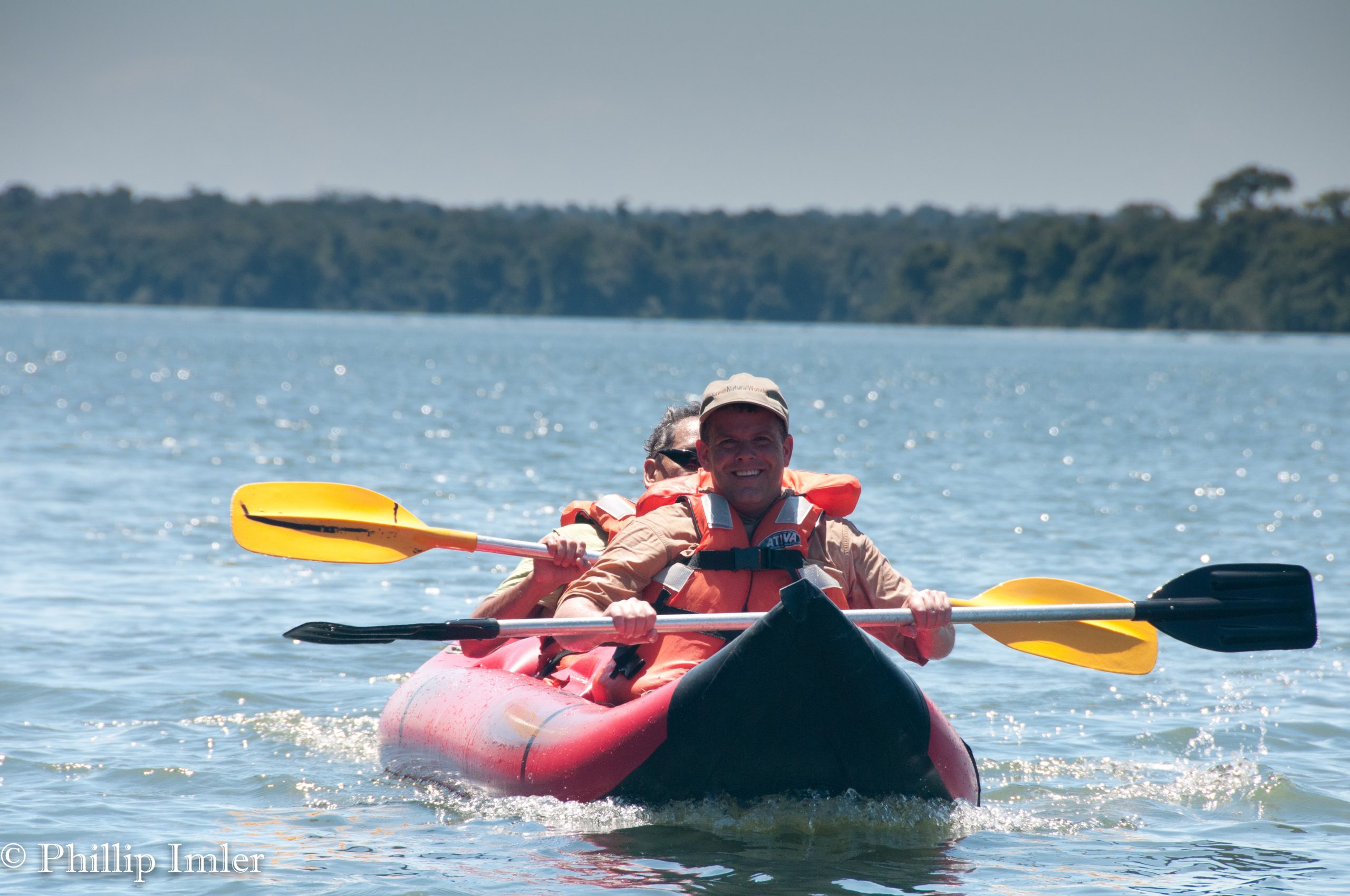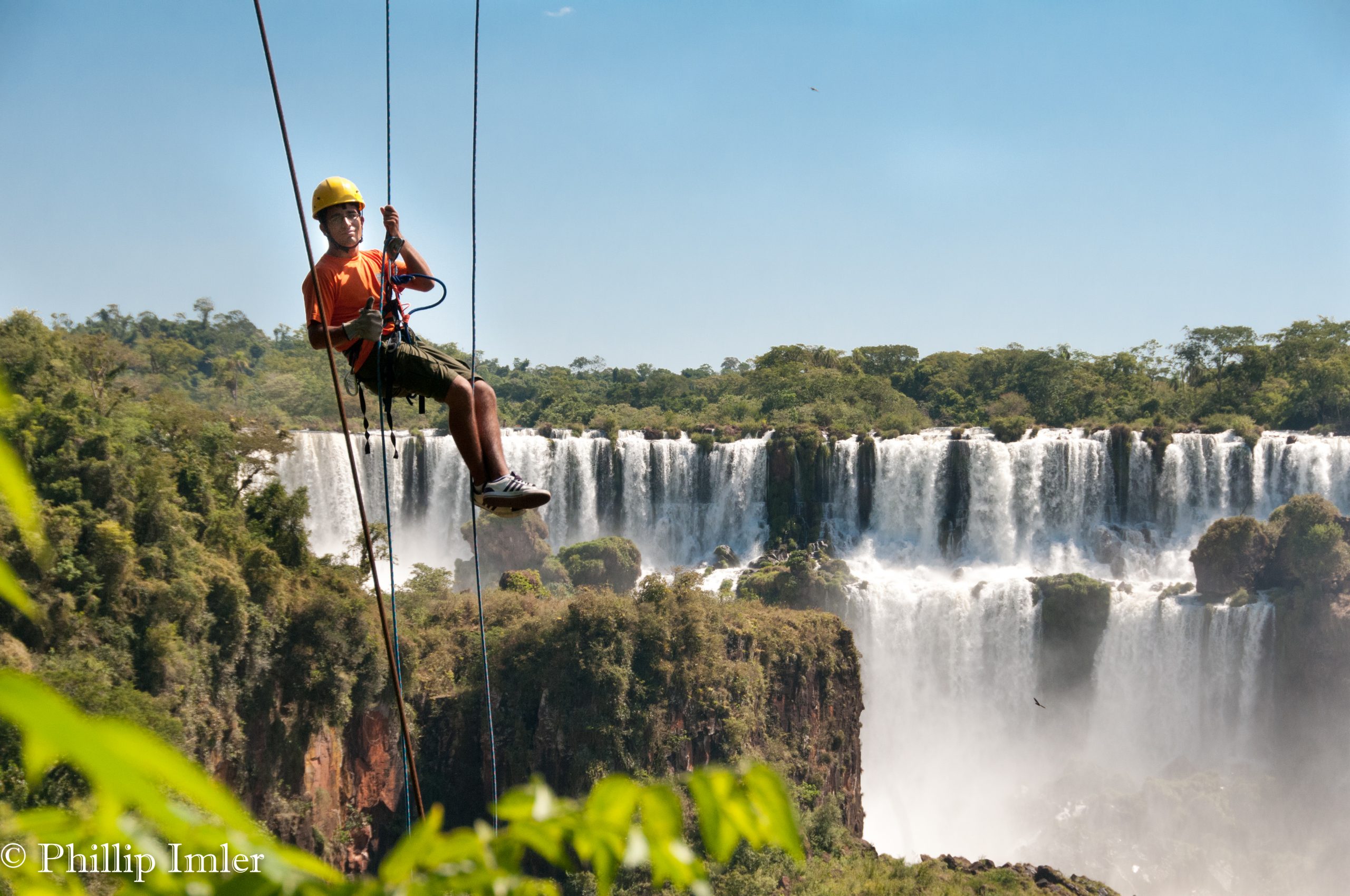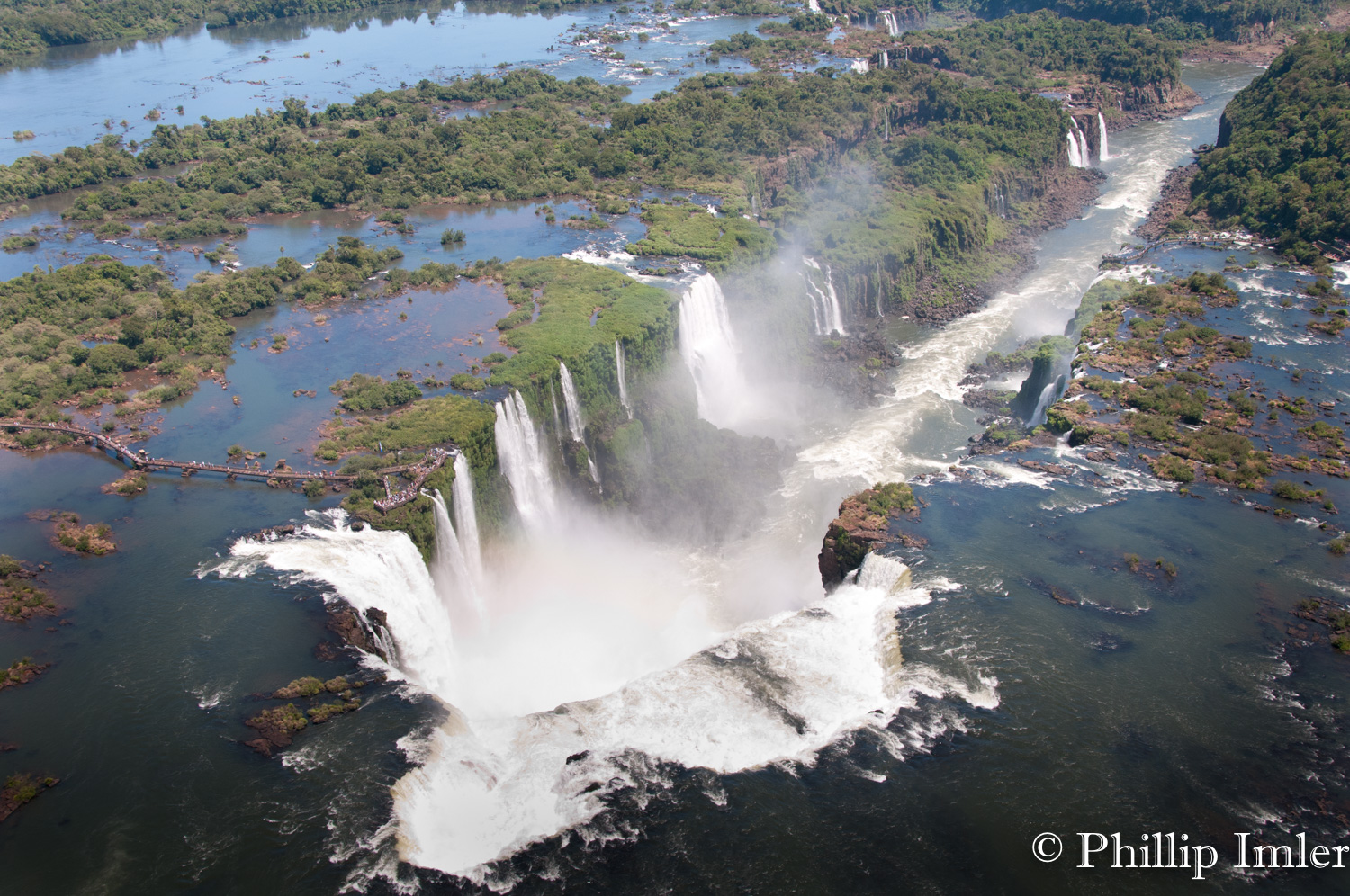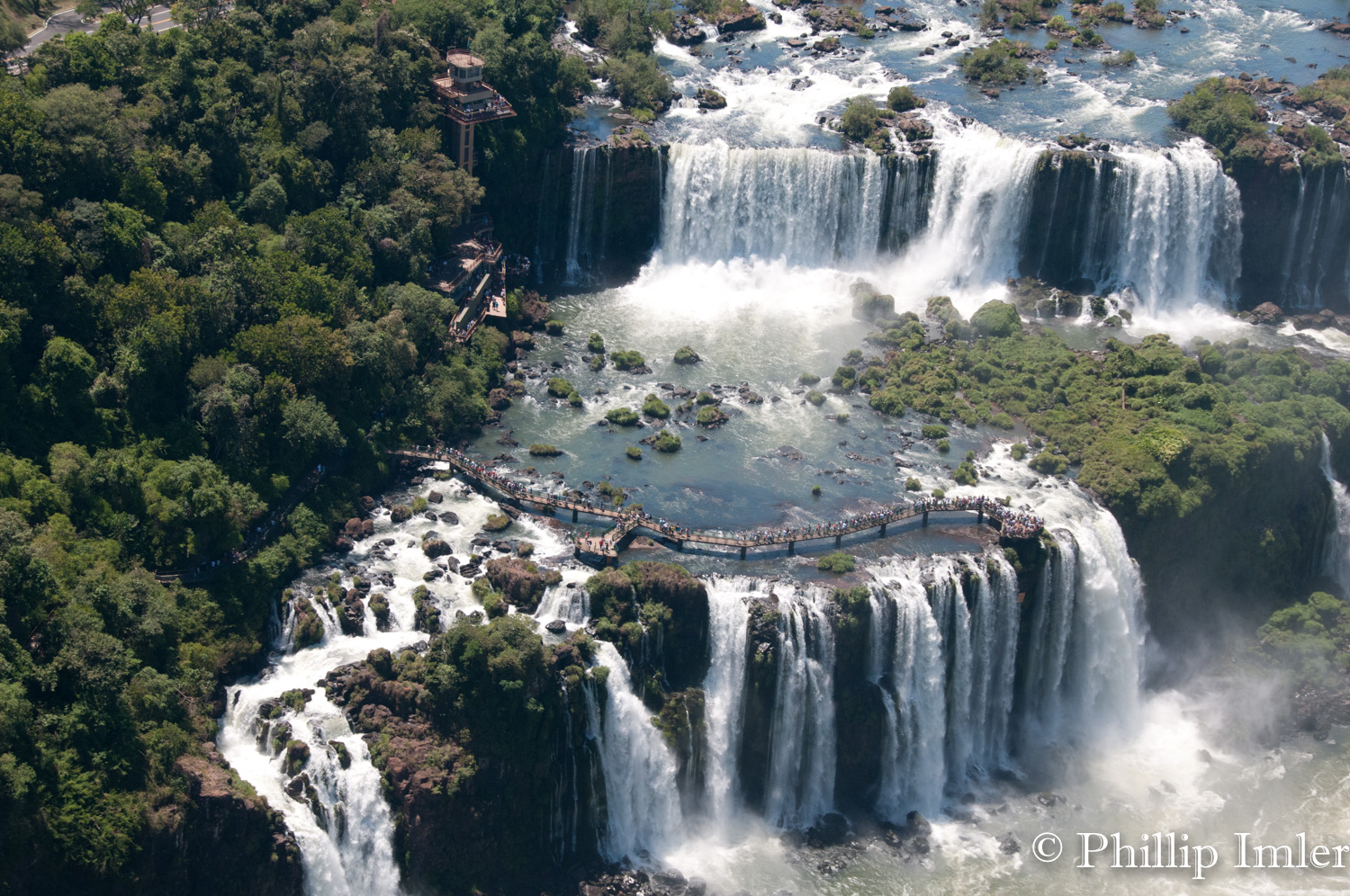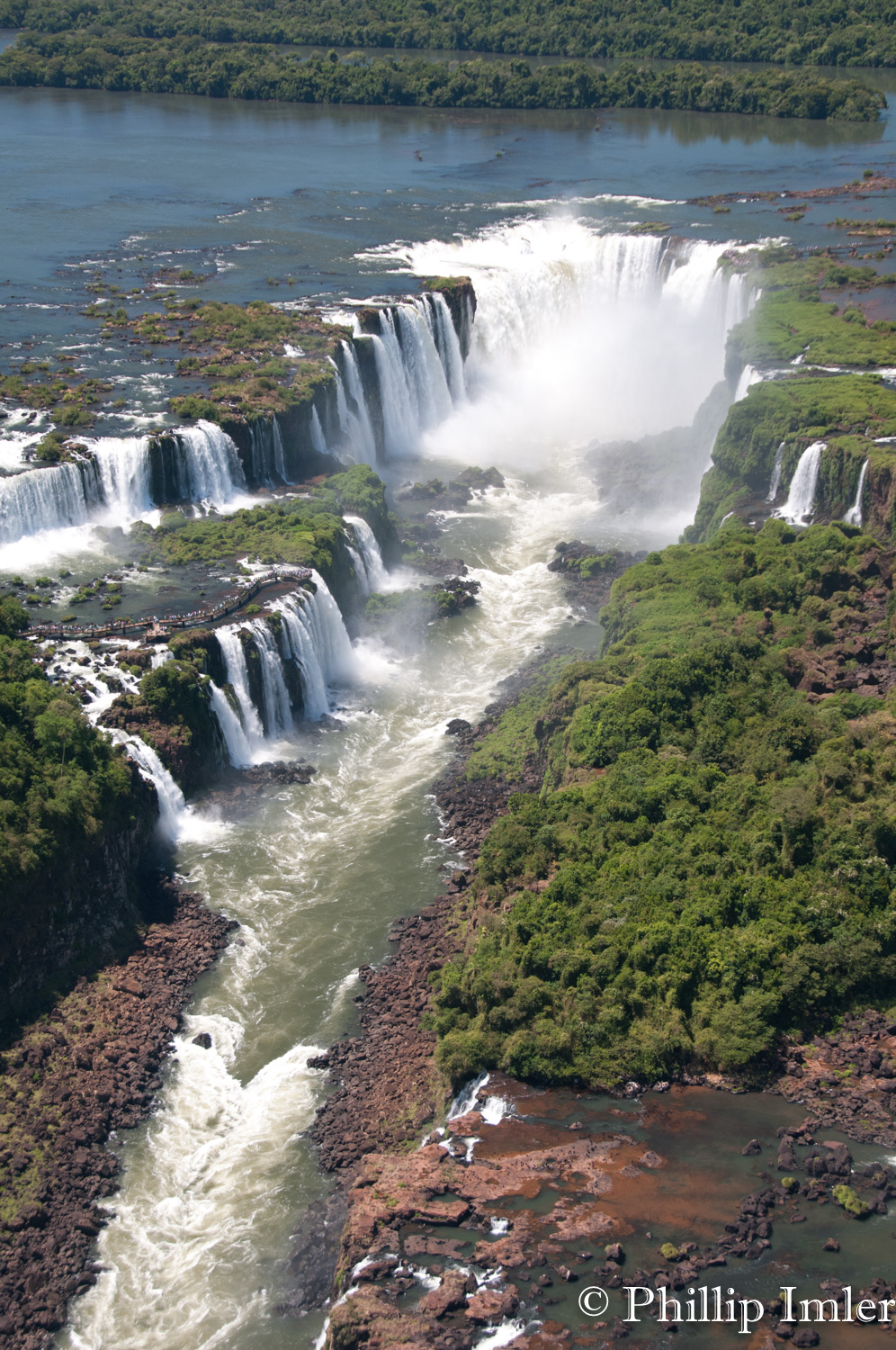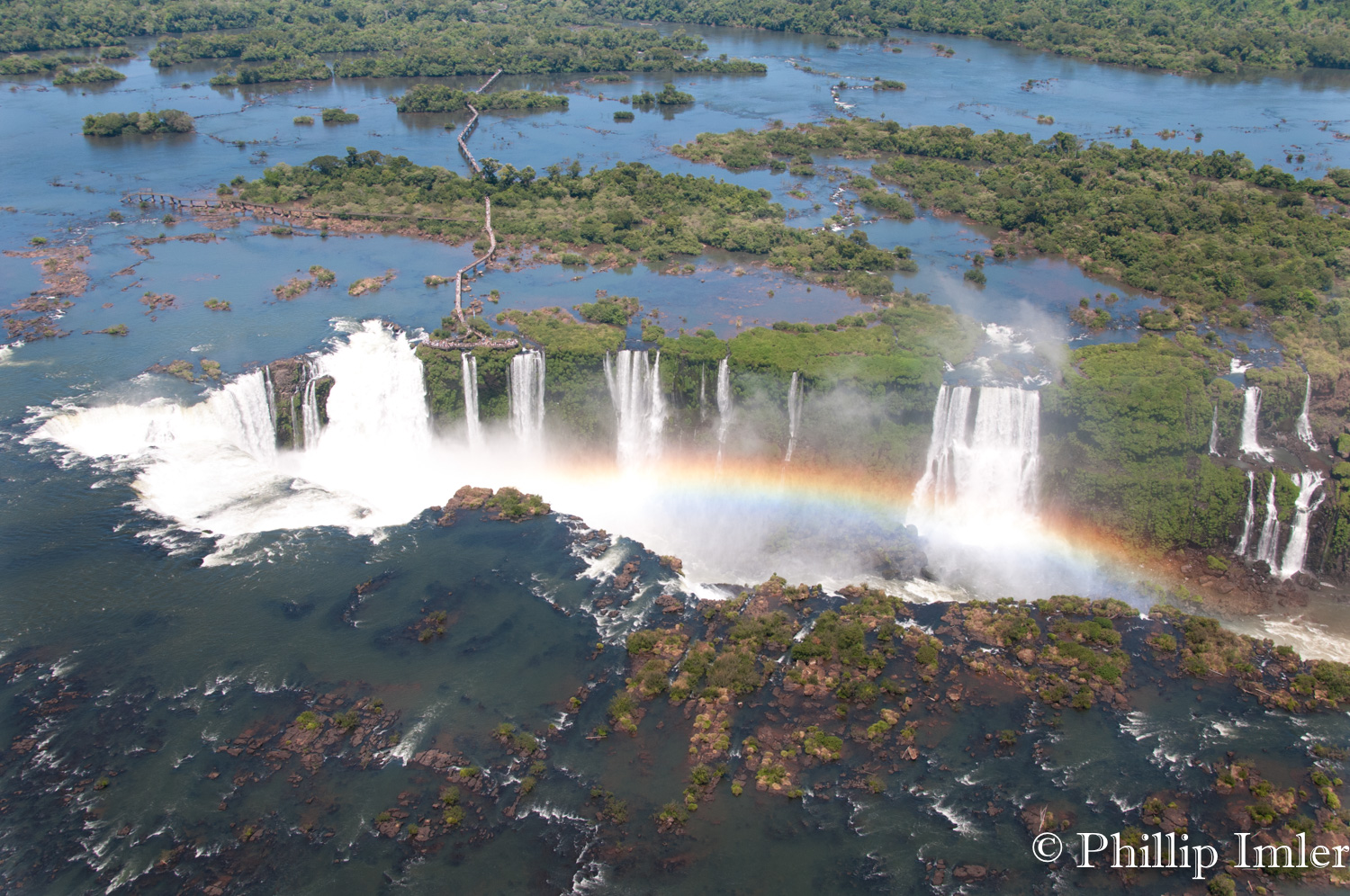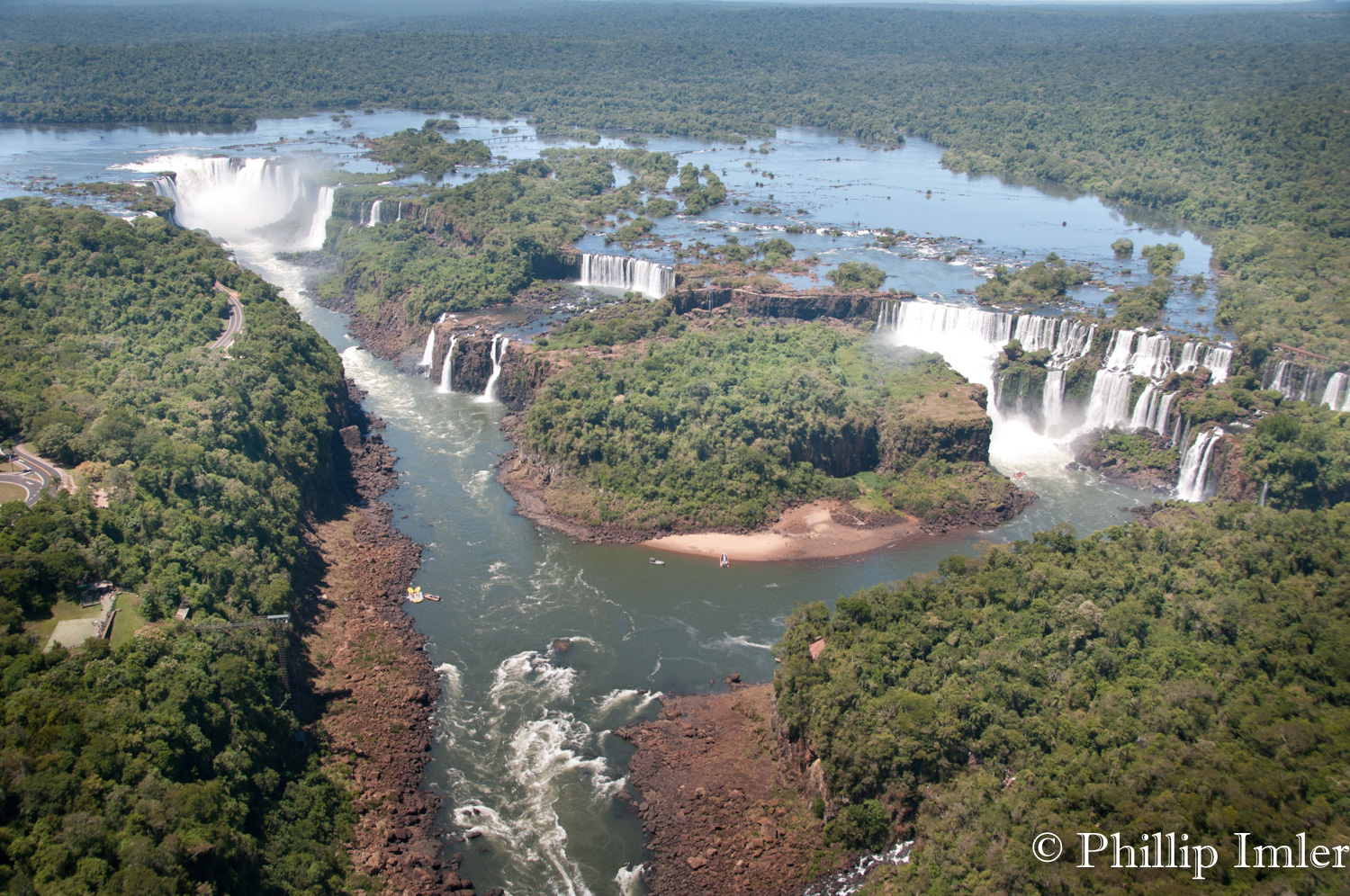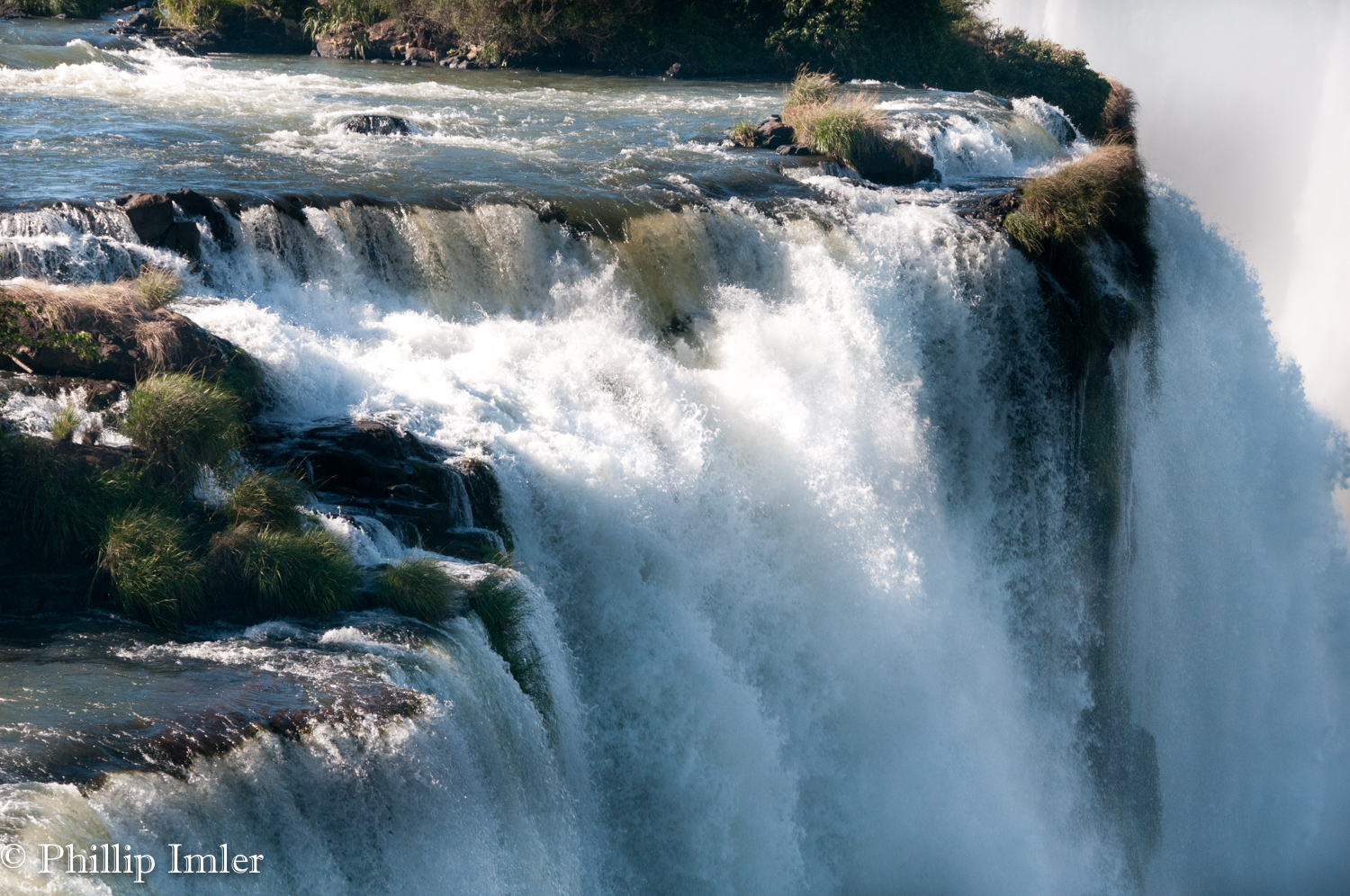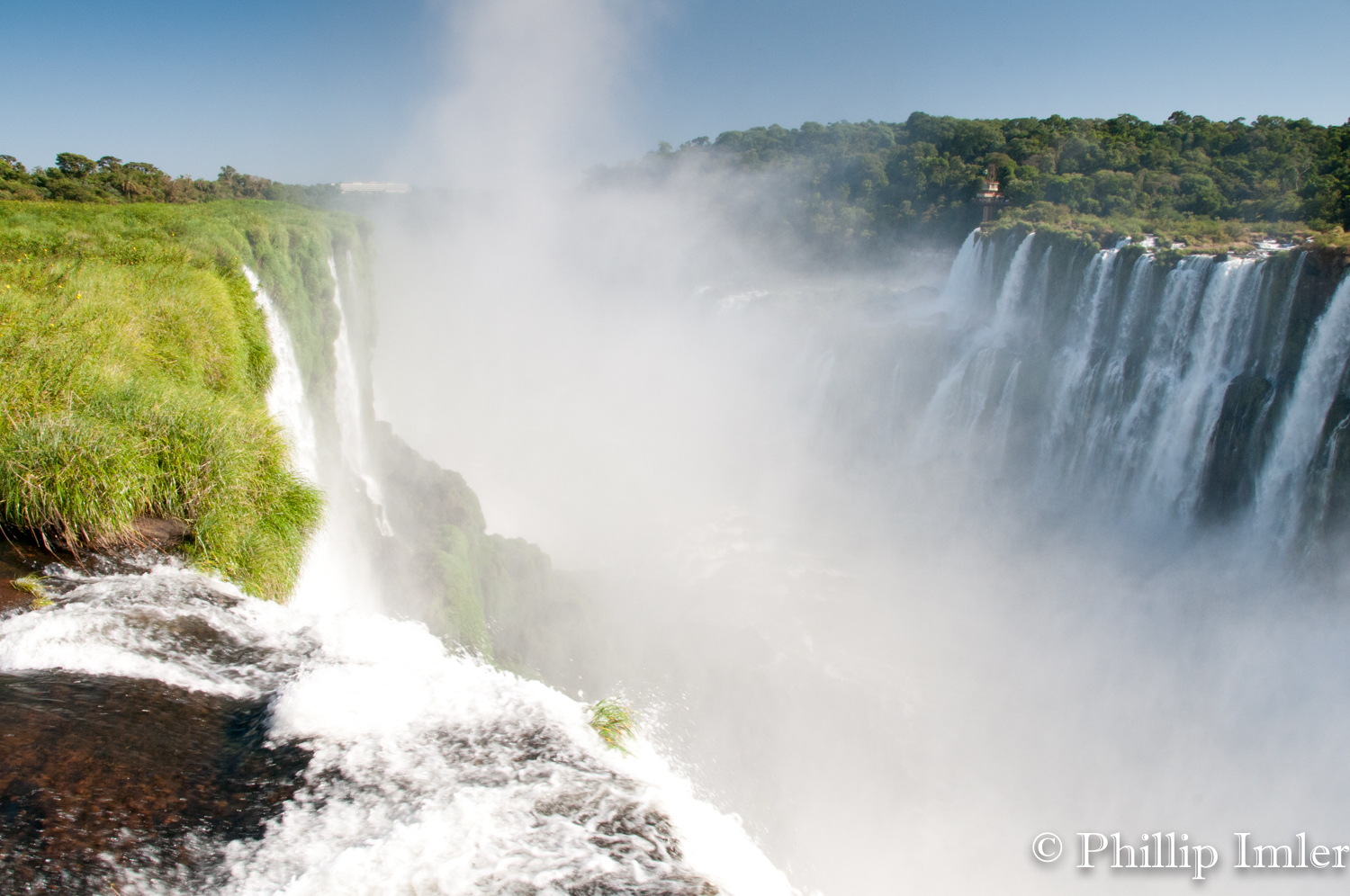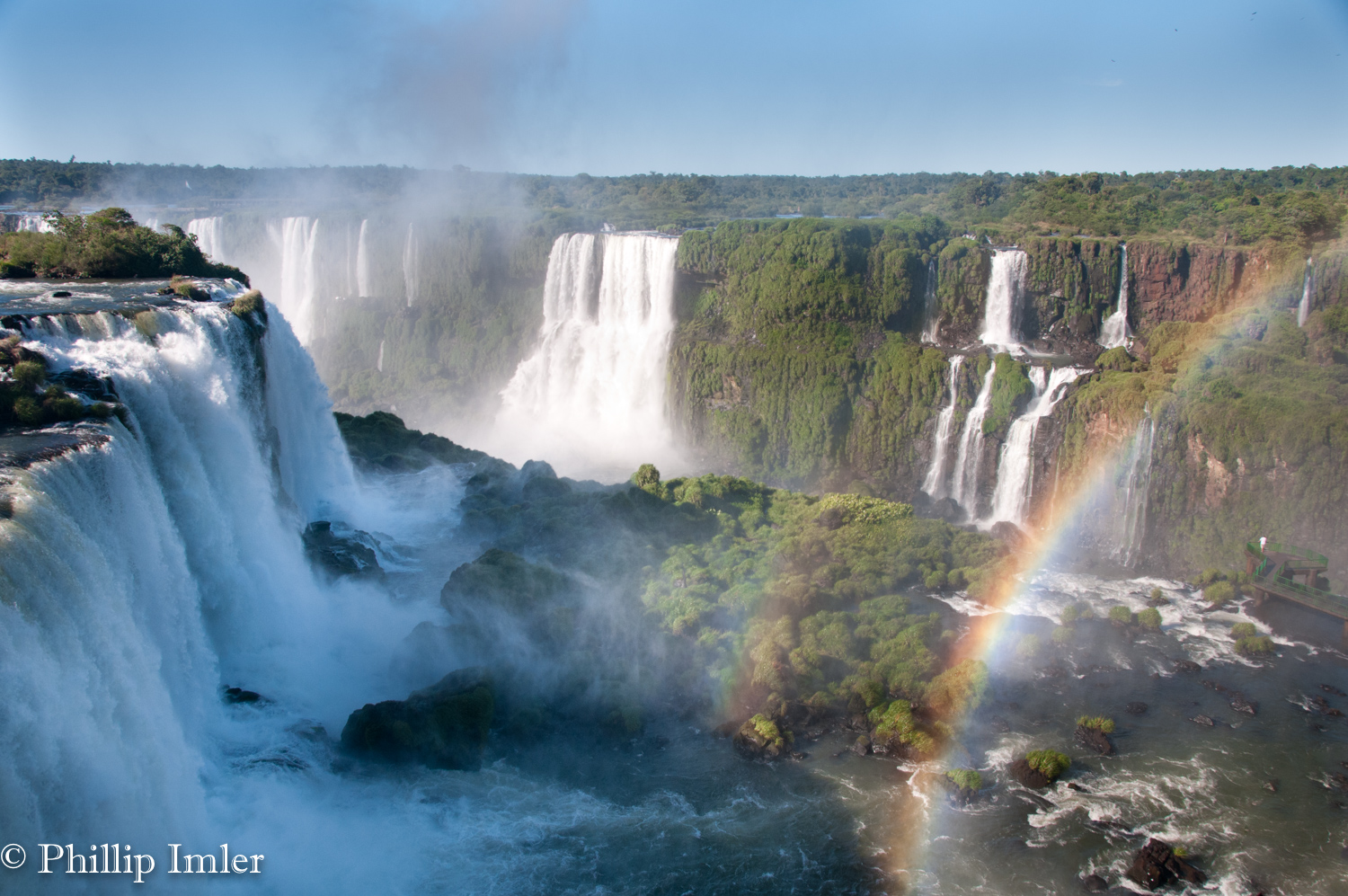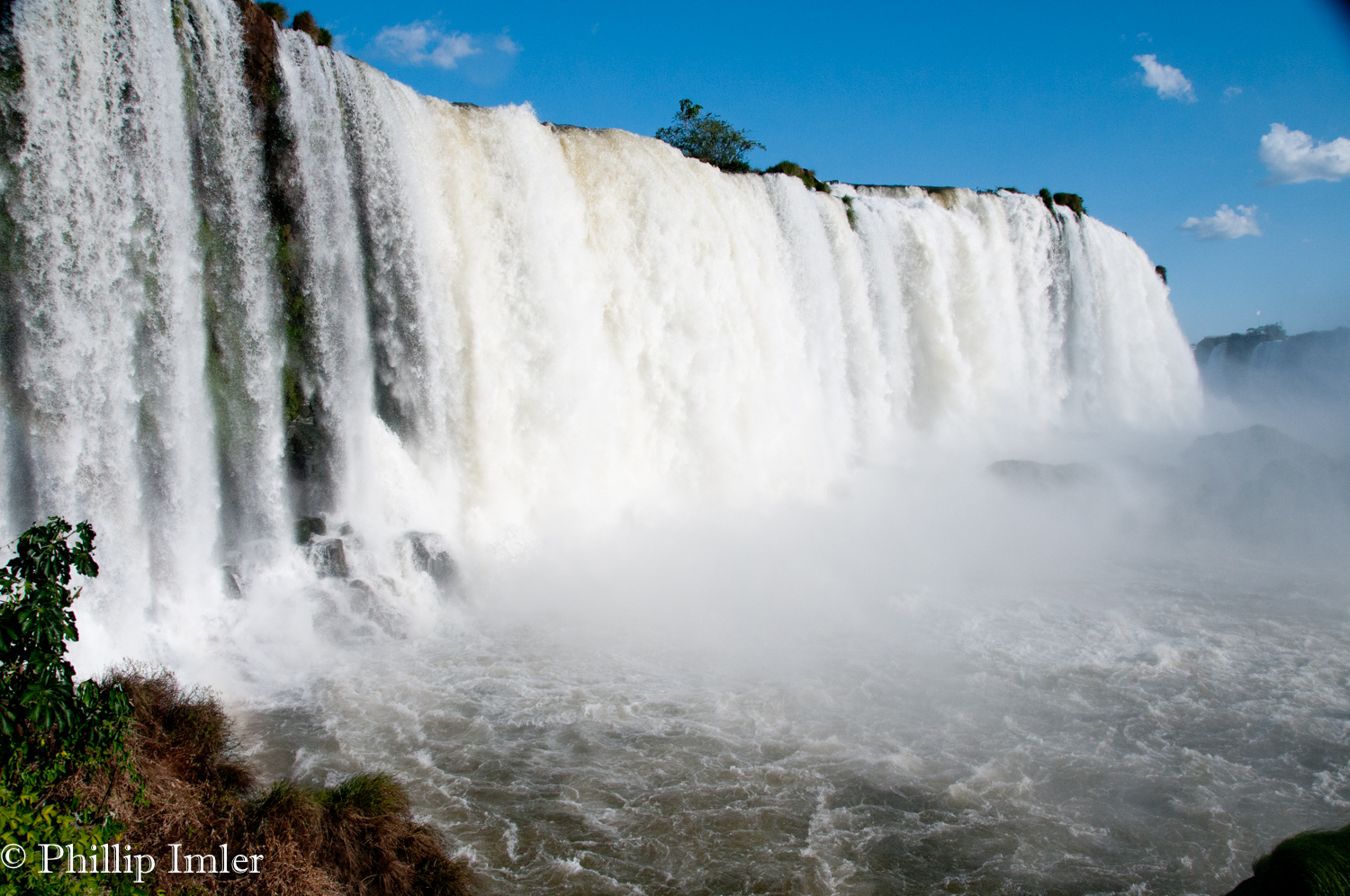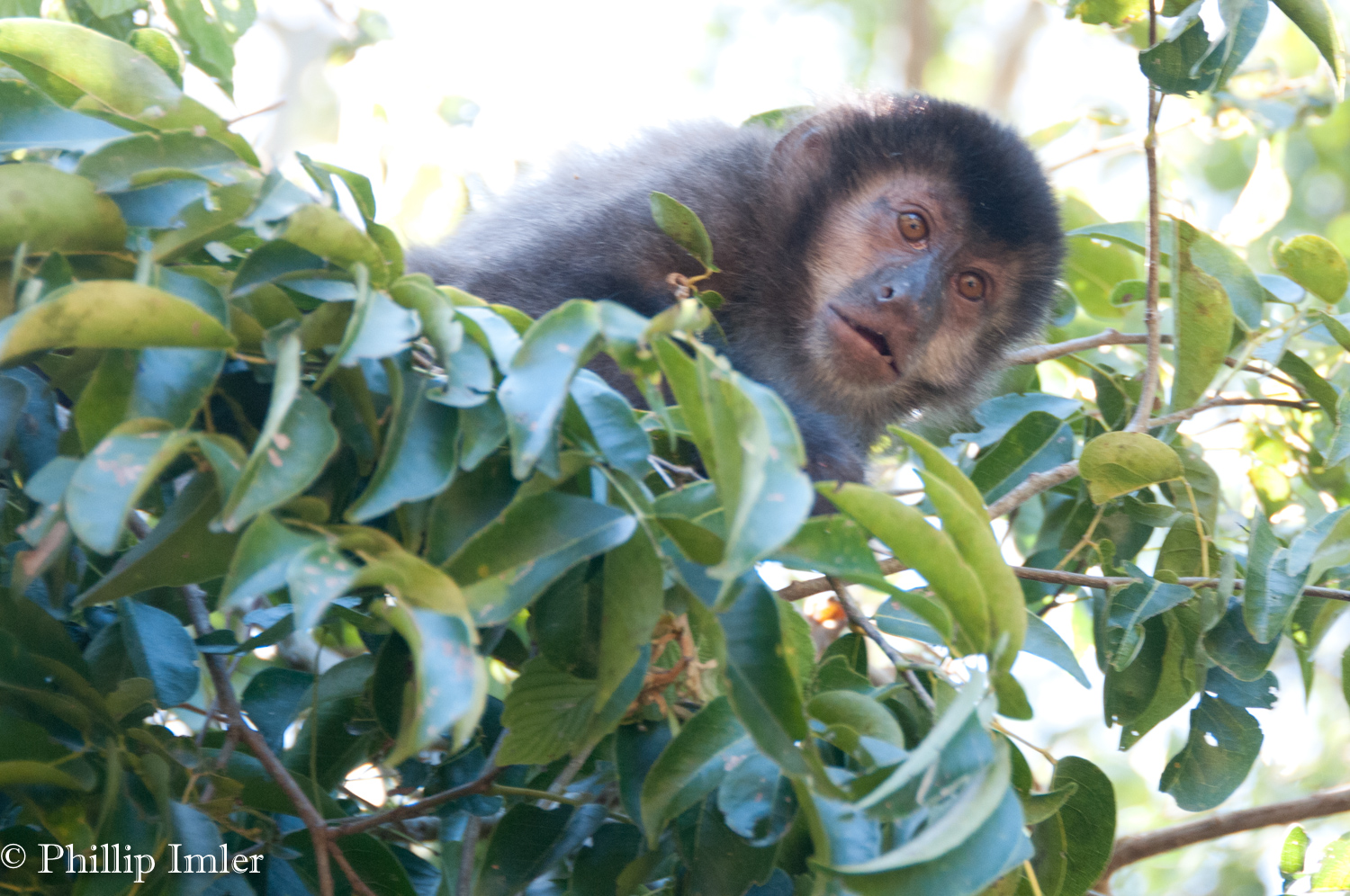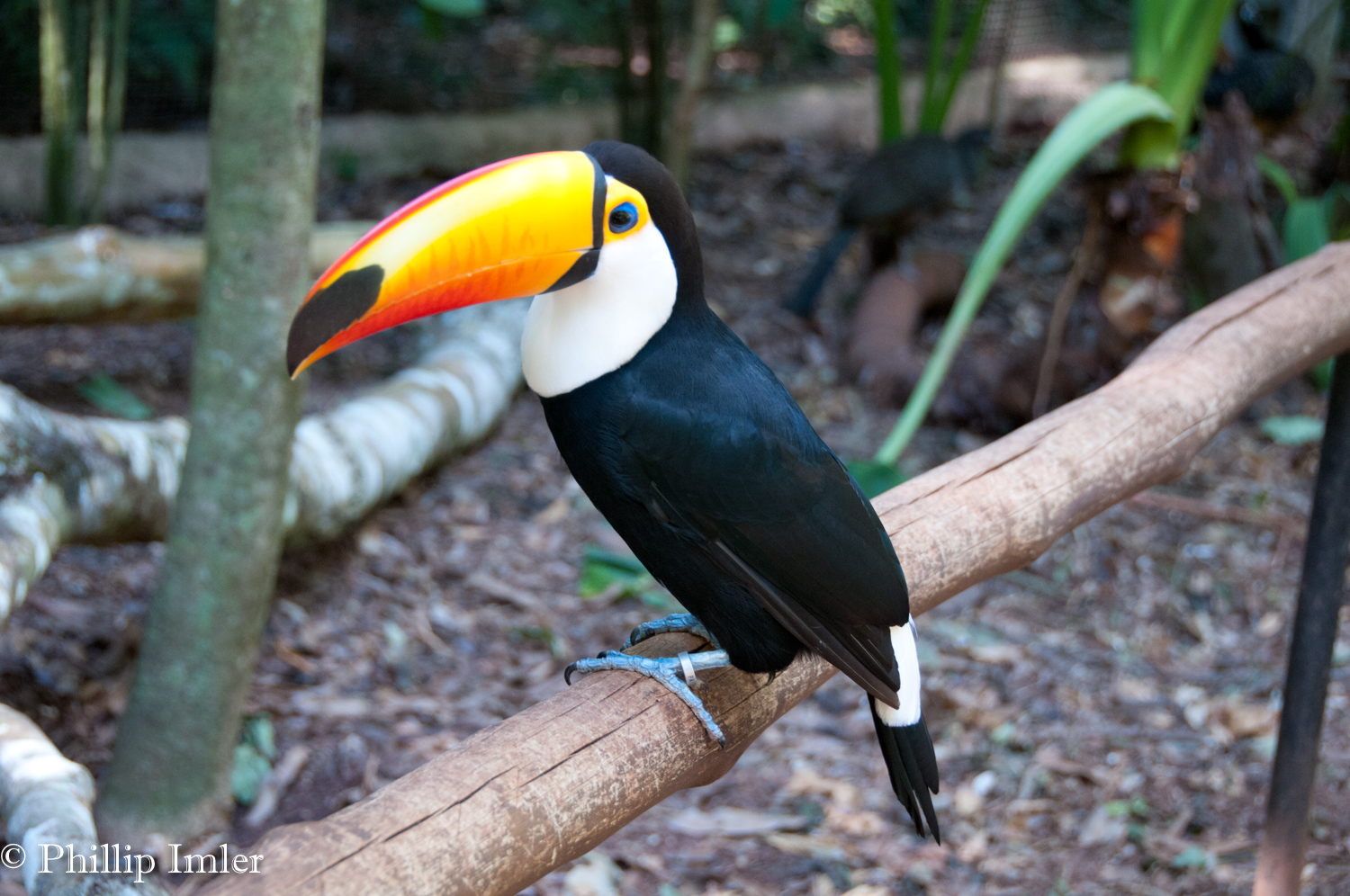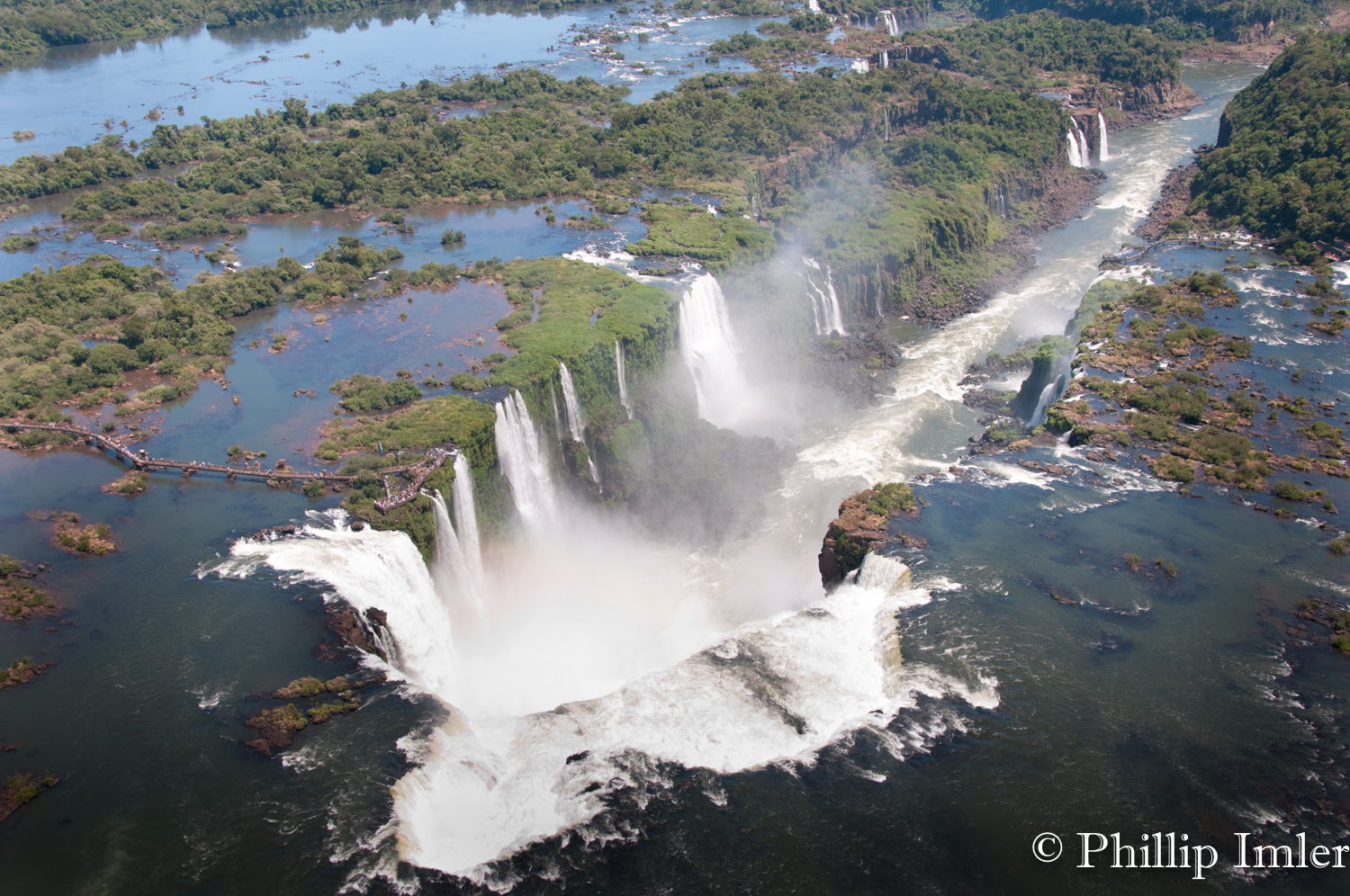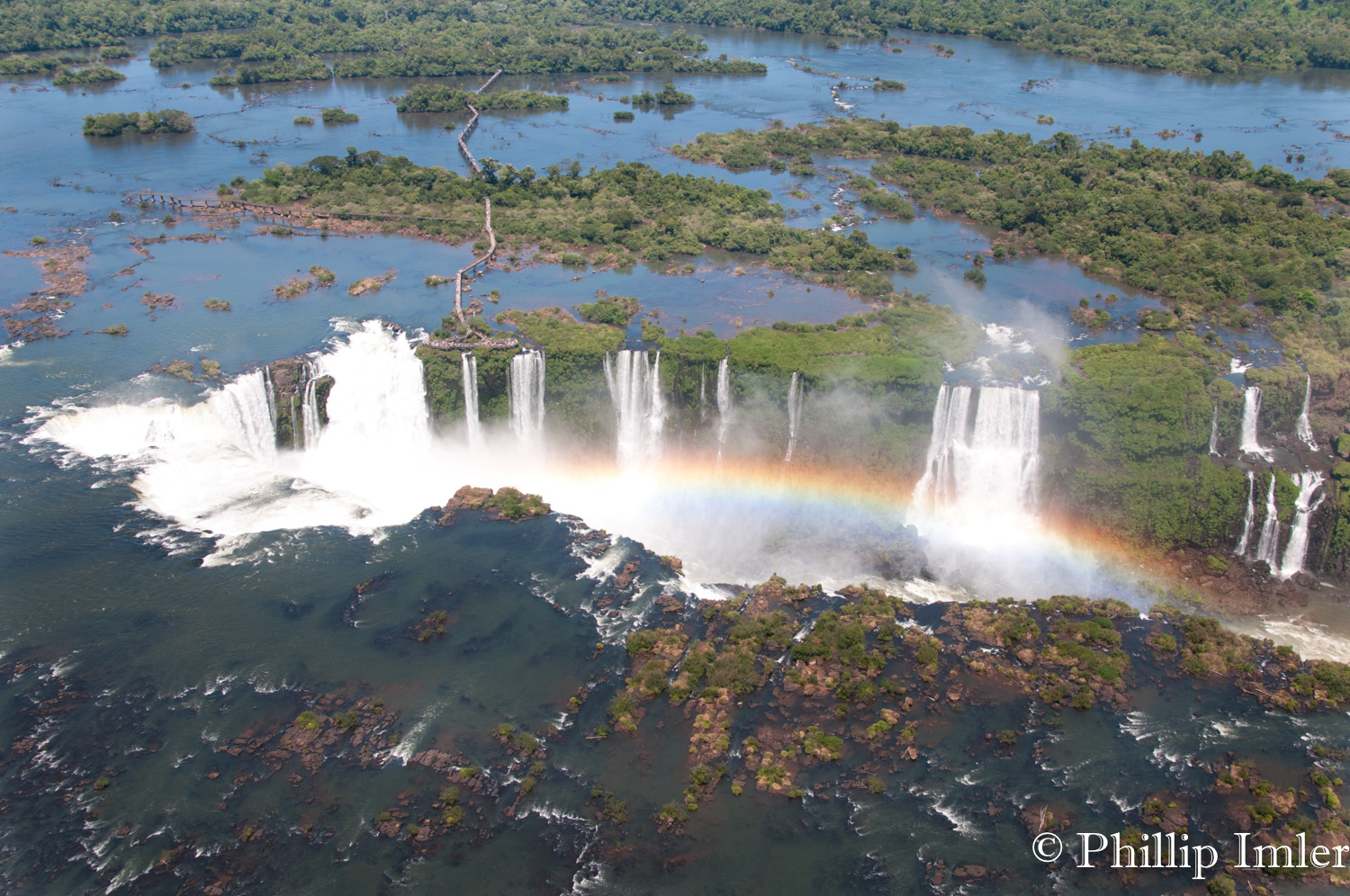Popular
Iguaçu National Park is home to an incredible diversity of wildlife, thriving within its lush rainforest and near the iconic Iguaçu Falls. This biodiverse haven hosts a variety of mammals, reptiles, and amphibians adapted to the tropical environment. Here are some of the more hopeful sightings:
Jaguars are South America’s largest wild cats, with powerful builds and striking spotted coats. Though elusive, they roam the dense jungle, hunting for prey.
Capybaras, the world’s largest rodents, are often seen by riversides near the water’s edge. They live in social groups and are commonly observed grazing.
Ocelots are agile wild cats with sleek coats and distinctive spots. They are smaller than jaguars and are known for their stealthy movements through the underbrush.
Giant Anteaters have long snouts and bushy tails and can be found foraging for ants and termites, using their keen sense of smell to locate food.
Tapirs, Brazil’s largest terrestrial mammals, are herbivores often spotted grazing on vegetation near water sources and play a crucial role in seed dispersal.
Howler Monkeys, known for their loud vocalizations, travel in groups through the forest canopy, adding a unique auditory experience to the park’s environment.
Caimans, small crocodilian reptiles, inhabit rivers and wetlands, often seen sunning themselves on riverbanks or swimming with only their eyes above water.
Green Iguanas are common along riverbanks and in trees, their striking green coloration making them easily visible as they bask in the sun or climb branches.
Coatis are curious and social animals with long, ringed tails. They are frequently observed scavenging along trails and in visitor areas, often in groups.








































































